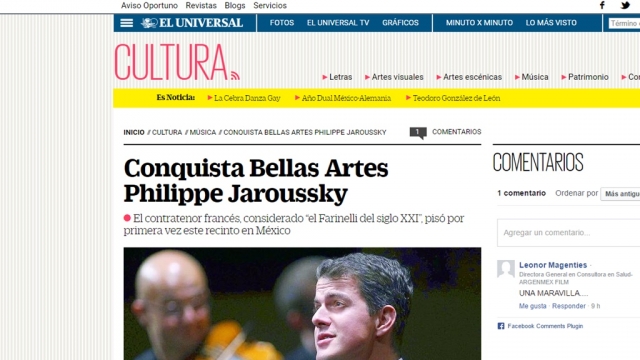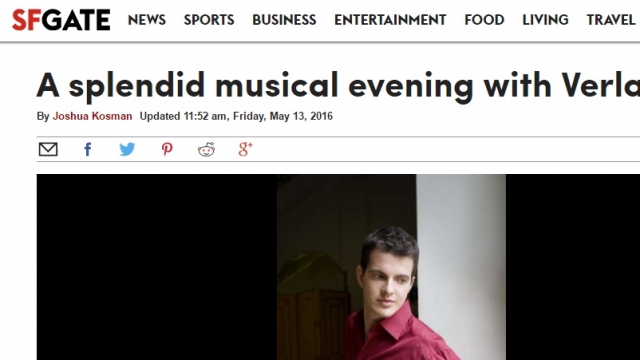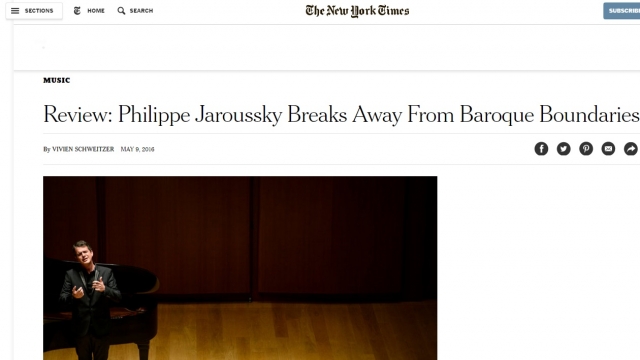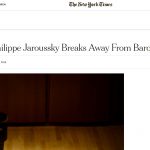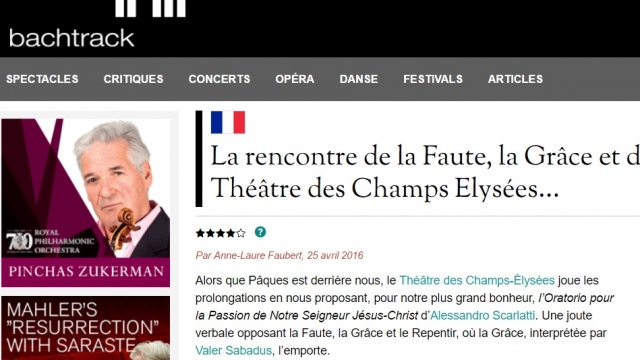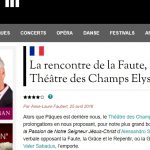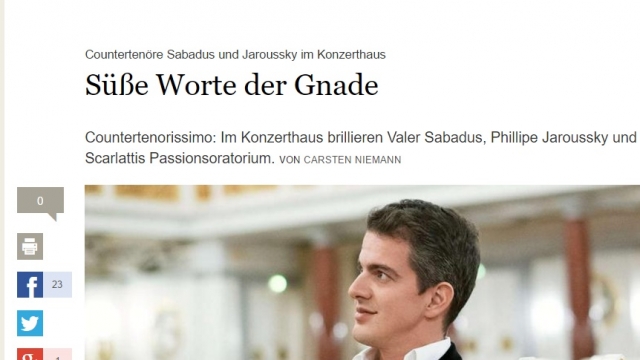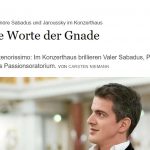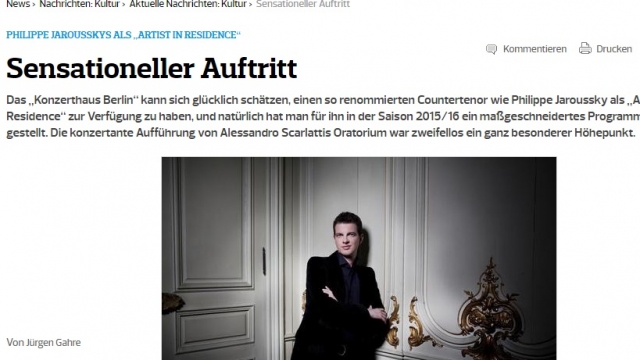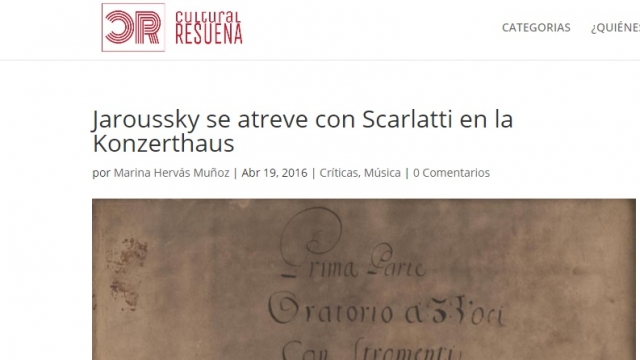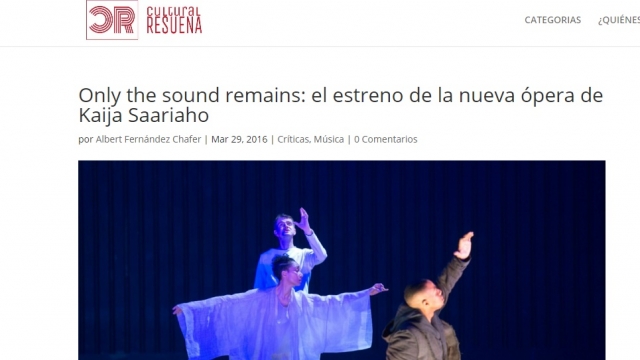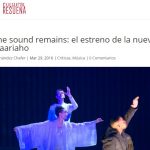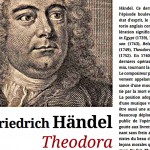2016-05-16, El Universal, by Yanet Aguilar Sosa
El contratenor francés, considerado “el Farinelli del siglo XXI”, pisó por primera vez este recinto en Mexico
Disclaimer
This is a fan translation – no infringement of copyright is intended. If you are the copyright holder and have any objections to this being online, drop us a line and we will remove it immediately.
We believe the publication fulfills the conditions of “fair use,” for discussion and study.
Source/Read original: [x]
Philippe Jaroussky conquers the Bellas Artes
The French countertenor, considered “the Farinelli of the 21st century,” first sets foot in a concert hall in Mexico
By Yanet Aguilar Sosa
Five times he reappeared on stage at the Palacio de Bellas Artes: French countertenor Philippe Jaroussky, accompanied by pianist Jérôme Ducros. Four times to interpret French songs that confirmed his great vocal quality as well as his generosity; the last time solely for saying goodbye to an audience that had risen to their feet.
That evening, the musical warmth of Jaroussky was evident during his only performance at the Palacio de Bellas Artes that the singer with the vocal range of the castrati, the most important countertenor of present times, set foot in for the first time in his life.
When he returned for the encore, the celebrated artist said he was very happy and excited to sing for the first time at the legendary concert hall in Mexico.
Four popular French pieces were Jaroussky’s gift for the audience who gave him standing ovations. There, among the people in the audience, was Mexican tenor Javier Camarena, who always praised the talent of the French countertenor of 38 years who has received numerous awards and recognition for a career that based on a voice that oscillates from refinement to modern touch.
The French singer who is considered “the Farinelli of the twenty-first century” conquered the Bellas Artes with Fine Arts with a sumptuous repertoire of the nineteenth century, with the interpretation of wide-spanning program comprising pieces by Reynaldo Hahn, Poldowski, Gabriel Fauré, Claude Debussy, Emmanuel Chabrier, Ernest Chausson, Józef Szulc, André Caplet, Arthur Honegger, Léo Ferré and Charles Trenet.
The program lasted more than two hours, focusing on melodies and French songs based on poems by Paul Verlaine. He was accompanied by the famous pianist Jérôme Ducros, who also performed four solo pieces.
Visibly excited and happy, the singer sang encores that were equally celebrated by the audience. Roberto Ángulo said at the end of the concert: “How generous he is. Others would just have said ‘I am singing my program and that’s it.’”
Source/Read original: [x]

